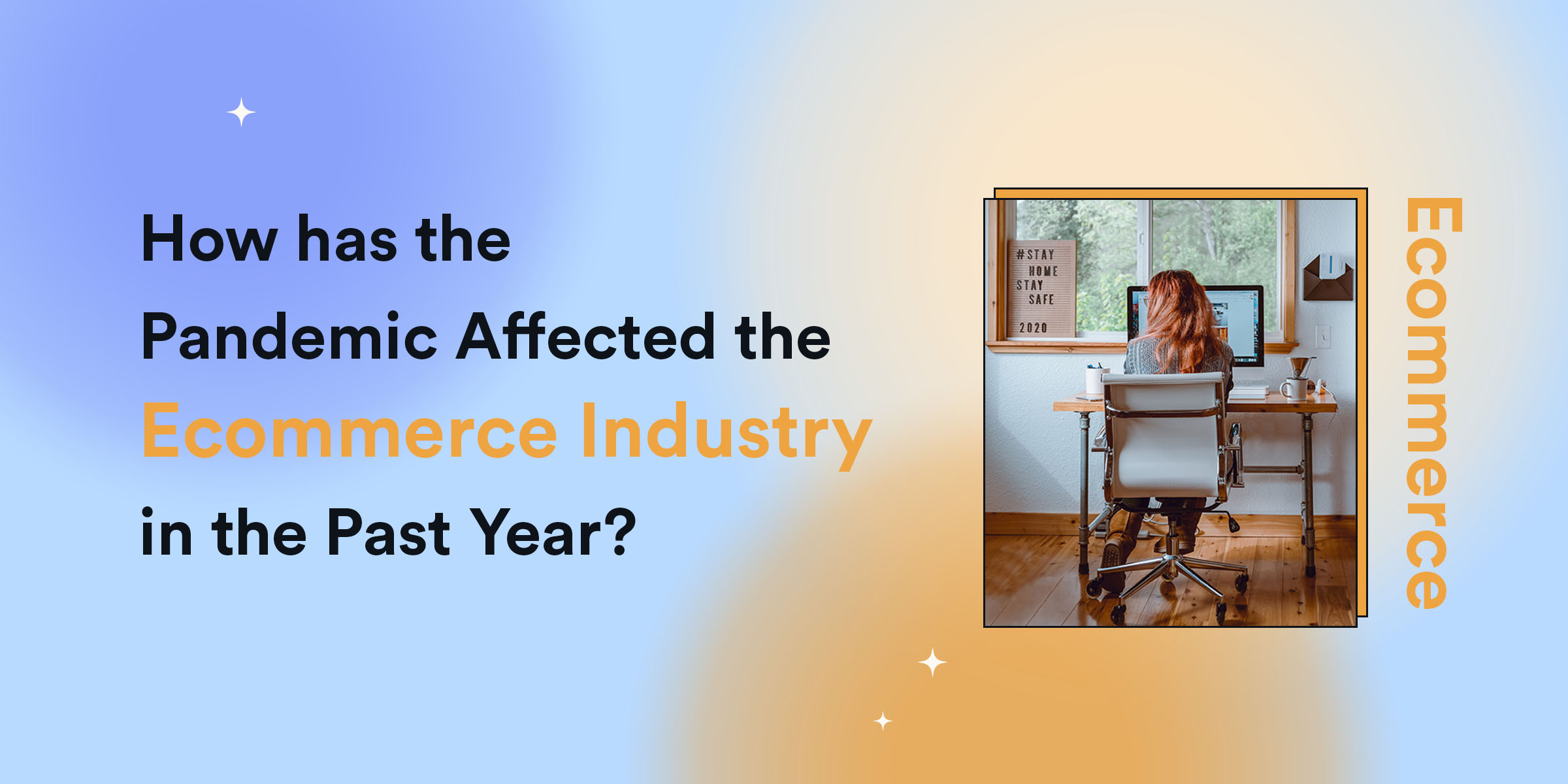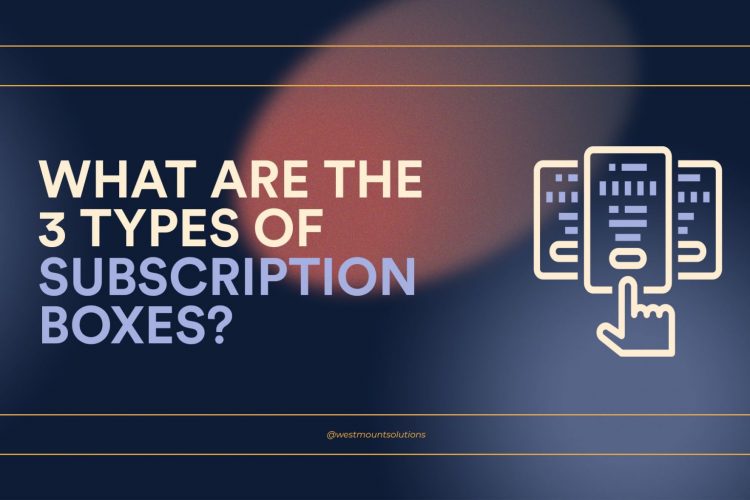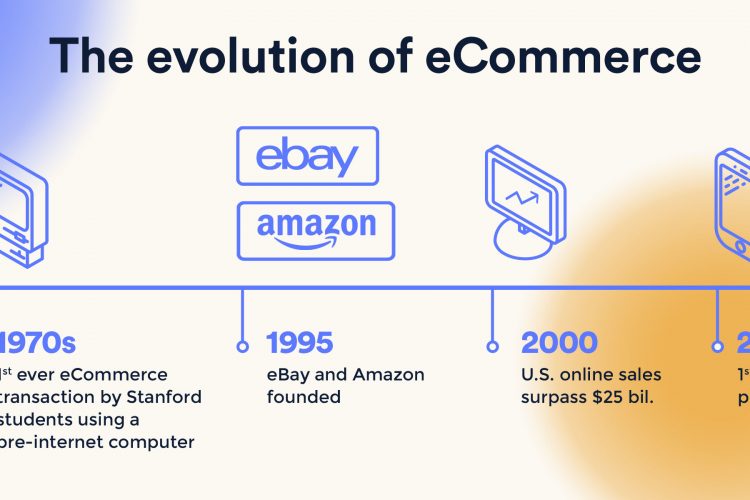
While the entire retail industry has seen many unprecedented changes in the past year due to the global pandemic, eCommerce has experienced unparalleled growth among experienced online shoppers and those that have not shopped online before.
On a global scale, eCommerce evolved rapidly to meet the new needs of shoppers who could no longer buy products in brick-and-mortar stores. Both shoppers and retailers adapted to a new way of shopping in creative and innovative ways. Let’s take a look at how eCommerce changed due to the pandemic in the last year.
1. Accelerated Growth
Digital and eCommerce sectors boomed during the pandemic. According to a 2020 Adobe report, total online spending in May 2020 hit $82.5 billion, up 77% in 2019. Had eCommerce been growing at a regular rate, this growth spurt would have taken between 4 and 6 years to get to the same levels. Industries and businesses that saw massive growth include Amazon, Instacart and food delivery services such as HelloFresh, GoodFood, etc.
Staying indoors and working from home spurred the growth of the pet and home improvement industries as well, as people looked to hobbies and activities that were safe and alleviated the boredom and loneliness of lockdowns and stay-at-home orders.
According to Statista in a survey carried out in December 2020, 10% of respondents reported acquiring a new pet.
2. Digital Transformation
Businesses and consumers increasingly turned to digital services for online shopping, with retailers that providing better online experiences and updating their existing online stores or building new ones if they didn’t have an online presence before the pandemic.
According to a study by UNCTAD (United Nations Conference on Trade and Development), eCommerce’s share of global retail trade from 14% in 2019 to about 17% in 2020. These global changes were especially accelerated in countries where digital consumerism was alive and well.
3. Subscription Services
The convenience of product subscriptions proved a winning formula during the pandemic, as shoppers were enthralled by the savings, convenience and flexibility they offer. There have been significant upward trends in both revenue and conversion.
A study from CouponFollow shows that during the COVID-19 crisis, many US consumers have leaned into subscription-based products – some for the first time. Of over 1,000 shoppers surveyed, one in five had purchased a subscription box to have products on hand during the pandemic. The survey also showed the most popular subscriptions were HelloFresh (21%), BarkBox (20%), Blue Apron (19%), and Dollar Shave Club (18%).
4. BOPIS Growth
Buy online, pick up in store has proven to be a popular shopping option and is here to stay as shoppers realize the convenience of buying what they need curbside. Taylor Schreiner, Director, Adobe Digital Insights, said in a statement. “While BOPIS was a niche delivery option pre-pandemic, it is fast becoming the delivery method of choice as consumers become more familiar with the ease, convenience and experience.”
According to an August 2020 survey by Digital Commerce 360, before the pandemic only 7% of the top retailers offered BOPIS. After and during the pandemic, that number went up to 44%!
Is Your Store Ready For the Changing Face of eCommerce?
It’s safe to say that once the pandemic comes to an end, online shopping will have been changed in ways no one could have imagined. Both consumers and businesses have shown incredible resilience and adaptability, changing the face of eCommerce for years to come. Is your online store ready for these changes? Talk to us to learn how Westmount Solutions can help your eCommerce goals come to life.
Author
Tatiana Dudin
Tatiana is passionate writer with over 10 years of experience writing for the tech industry.


